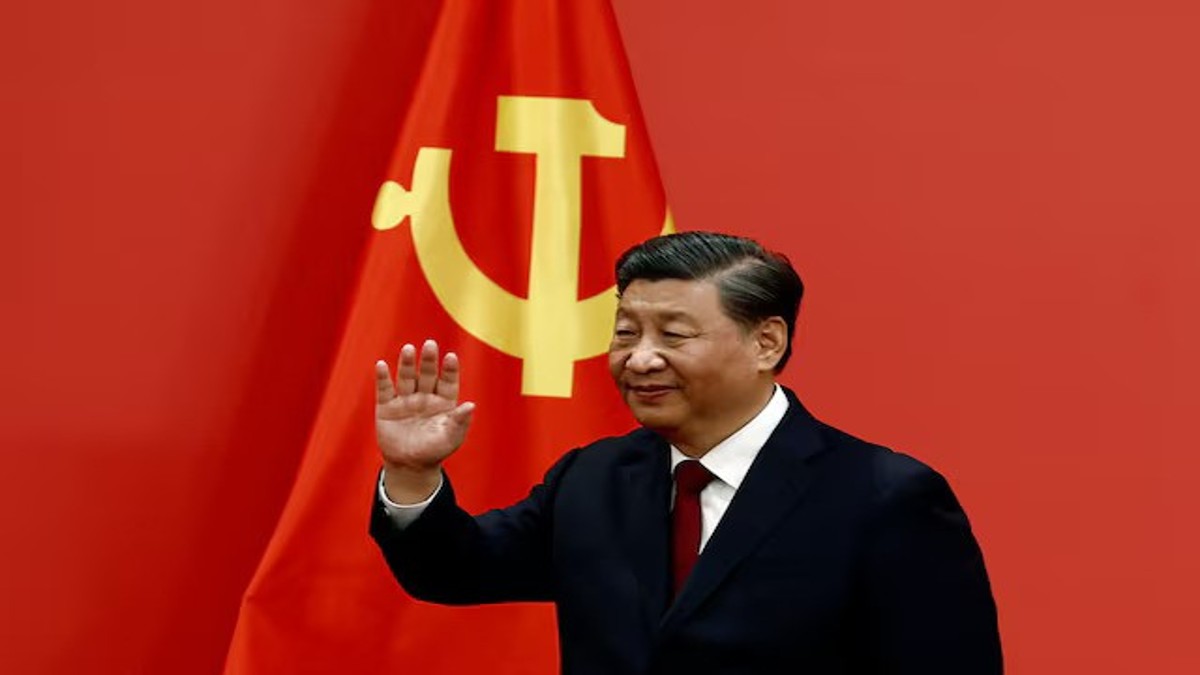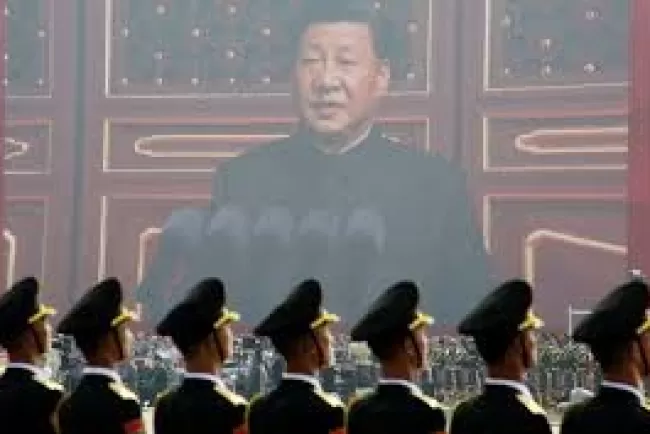China's Economic Crossroads: $41 Billion Stimulus to Ignite Consumer Spending
China's economy is at a critical juncture, grappling with sluggish growth and declining consumer confidence. In a bid to revitalize domestic demand, the government has introduced a $41 billion stimulus program aimed at reigniting spending. Can these measures successfully shift the ingrained culture of saving, or will they struggle to overcome deep-rooted economic challenges?
)
China's economic landscape is currently marked by significant obstacles, including a slowing growth rate and waning consumer confidence. To address these issues, the Chinese government has unveiled a substantial stimulus package worth $41 billion, designed to boost domestic spending. This initiative includes discounts on a wide range of products, from household appliances to electric vehicles, alongside plans for new childcare subsidies, increased wages, and improved paid leave.
Despite a modest 4% growth in retail sales during the first two months of 2025, broader economic difficulties persist, particularly in the housing sector where home prices continue to decline. A major concern is the deflationary environment that has gripped China for 18 consecutive months, leading to a cycle of reduced consumer spending, job cuts, and stagnant wages. As deflation takes hold, businesses face challenges in maintaining profitability, which further exacerbates consumer caution.
The deep-rooted culture of saving in China complicates efforts to spur consumption. In 2024, Chinese households saved an astonishing 32% of their disposable income, reflecting a prevailing economic caution. This saving mentality is reinforced by rising child-rearing costs—currently 6.8 times China's GDP per capita—and a property crisis that has tied many households' wealth to real estate, making consumers more risk-averse.
China's economic plan for 2025 aims to enhance domestic consumption, targeting a 5% growth increase. However, consumption has historically contributed only 50-55% to China’s overall economic growth, a stark contrast to major economies like the U.S. and India, where consumer spending plays a more significant role. Analysts warn that transitioning from a savings-driven economy to one focused on consumption may require a substantial cultural shift, which could prove difficult in the current economic climate.
As China confronts geopolitical challenges and a growing reliance on domestic demand, its leaders face the formidable task of navigating these complex issues to ensure sustainable economic growth. There are doubts about whether a consumer-driven economy is truly Beijing's long-term objective, as the government continues to grapple with ingrained habits and economic inertia.
Conclusion
China stands at a crossroads, with its economic recovery hanging in the balance. The government's $41 billion stimulus initiative represents a bold attempt to spur consumer spending and shift the economic paradigm. However, overcoming the deeply entrenched culture of saving and addressing the underlying issues of deflation and a sluggish housing market will be critical for achieving lasting growth. The path forward is fraught with challenges, yet the potential for a more consumption-driven economy remains a tantalizing prospect for the world's second-largest economy.
Stay updated with the latest developments in China's economy by following our news blog.
What's Your Reaction?















